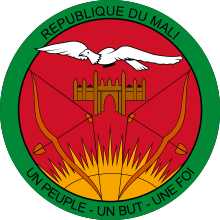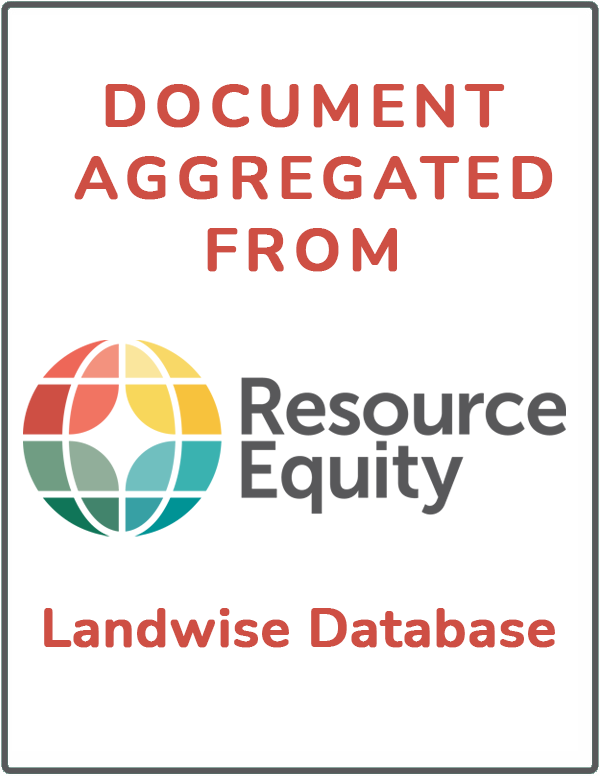Location
The Sudanese Republic and Senegal became independent of France in 1960 as the Mali Federation. When Senegal withdrew after only a few months, what formerly made up the Sudanese Republic was renamed Mali. Rule by dictatorship was brought to a close in 1991 by a military coup that ushered in a period of democratic rule. President Alpha KONARE won Mali's first two democratic presidential elections in 1992 and 1997. In keeping with Mali's two-term constitutional limit, he stepped down in 2002 and was succeeded by Amadou Toumani TOURE, who was elected to a second term in a 2007 election that was widely judged to be free and fair. Malian returnees from Libya in 2011 exacerbated tensions in northern Mali, and Tuareg ethnic militias rebelled in January 2012. Low- and mid-level soldiers, frustrated with the poor handling of the rebellion, overthrew TOURE on 22 March. Intensive mediation efforts led by the Economic Community of West African States (ECOWAS) returned power to a civilian administration in April with the appointment of Interim President Dioncounda TRAORE. The post-coup chaos led to rebels expelling the Malian military from the country's three northern regions and allowed Islamic militants to set up strongholds. Hundreds of thousands of northern Malians fled the violence to southern Mali and neighboring countries, exacerbating regional food shortages in host communities. An international military intervention to retake the three northern regions began in January 2013 and within a month most of the north had been retaken. In a democratic presidential election conducted in July and August of 2013, Ibrahim Boubacar KEITA was elected president. The Malian Government and northern armed groups signed an internationally-mediated peace accord in June 2015.
Mali is a semi-presidential republic.
Source: CIA World Factbook
Members:
Resources
Displaying 41 - 45 of 107Kenya - Green Zones Development Support Project - Phase II
General
The Green Zones Development Support Project-Phase II was conceived by the Government of Kenya (GoK) and builds on success of the concluded GZDSP-1 project. GZDSP-1 contributed to the rehabilitation and protection for regeneration of 309,000ha of degraded forest land translating to 0.54% increase in the national forest cover and significantly increased (by 25%) the annual incomes of 375,912 households (40% female-headed) through direct employment, and income generating activities. The proposed project will provide new and more efficient ways of increasing forest cover, increasing food security, improve community livelihood through sustainable and inclusive commodity value chain and market development. It will be implemented in fifteen counties in Kenya namely; Embu, Meru, Machakos, Tharaka-Nithi, Nyeri, Murang’a, Kirinyaga, Kiambu, Nyandarua, Nakuru, Baringo, Kericho, Bomet, Nyamira and Kisii. These counties cover four forest conservancies and three out of five Kenya’s water towers including Mt. Kenya, Aberdares, and the Mau complex. The counties were selected based on levels of forest degradation, social economic and environmental vulnerability. The project, which will be implemented over a period of 6 years (2018-2024), comprises three main components (i) Forest Conservation and Livelihood Support (ii) Sustainable and Inclusive Value Chains Development and (iii) Project Management and Coordination. The total cost including price and physical contingencies, but excluding duties and taxes, is estimated at UA 37.50 million.
Objectives
The objective of the project is to improve forest conservation and livelihoods for sustainable forest management in 15 counties in Kenya. The specific objectives are (i) to enhance forest conservation and livelihood support for climate change resilience and (ii) to develop timber, bamboo, potato, cereals and pulses value chains for improved household incomes.
Target Groups
The direct beneficiaries of the project are estimated at 167,083 households out of which 40% (66,833) will be 8 women. Indirectly, the project will benefit 501,249 people within the project area. It will also assist the county governments in capacity building and technical support.
Ordonnance n°04-009-P-RM 25 mars 2004 portant création de la Direction Nationale de l’Aménagement du Territoire.
La présente ordonnance crée la Direction Nationale de l’Aménagement du Territoire (DNAT) dont la mission consiste en l’élaboration des éléments de la politique nationale d’aménagement du territoire et d’en assurer l’exécution.




